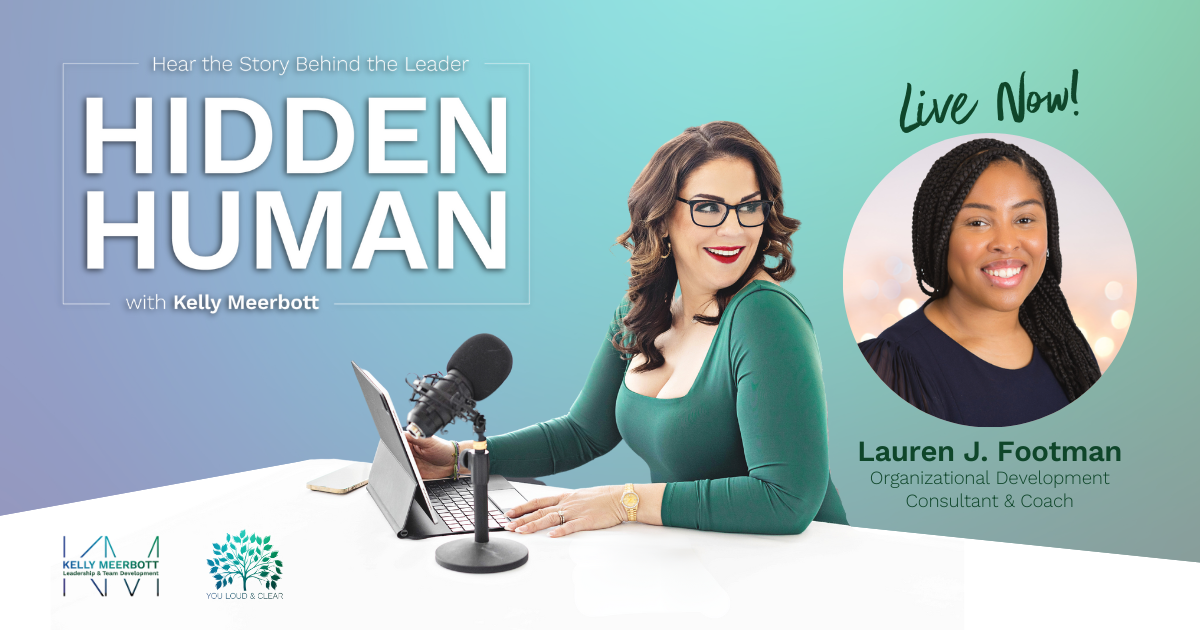Paul Schoemaker wrote the book Winning Decisions: Getting it Right the First Time, explains that “business revolves around making decisions, often risky decisions, usually with incomplete information and too often in less time than we need. Executives at every level, in every industry, are confronted with information overload, less leeway for mistakes, and a business environment that changes rapidly.” Shoemaker dissects the activity of actively revealing the weak signals, amplifying the interesting ones, and probing and clarifying. We can’t just sense the weak signals, but we also have to lean into them and try to figure out how we’re going to make sense of them and find what’s relevant. This is a sense-making exercise and is a critical, critical role of leadership, to frame that activity.
Organizations that have leaned into this sense-making exercise are:
- Absolute vodka providing spirits for the government to use as a cleaning product.
- Grocery stores adopting hours for the elderly.
- Sully and the miracle on the Hudson
- Restaurants moving to delivery.
- Creating channels on various social media for working out at home during this time.
- Breweries convert from canning beer to bottling water
- A Canadian cable provider, Rogers, is offering free cable, digital channels to all.
- Companies in outdoor clothing switching to protection gear.
- Moving all employees to work from home
- Breweries & LVMH (Fendi, Louis Vuitton, Tag, Bulgari, etc.) in France, who’s now shifting to producing hand sanitizer within 72 hours.
I love the example of LVMH taking what they already know how to do – and creating something new. They have the ingredients for hand sanitizer and they know how to recombine them to meet the demand for this product. Einstein called this combinatorial play, “the ability to bring dissimilar things together and create something new.” Innovation is often about doing new things with old things, not necessarily new things with new things. The more we think about that, the more I think we have the ability to think about innovation.
This is a different mode of operating, and it requires that we understand that we’re not really in a risk world. We’re in an uncertainty world, which is essentially risk that you can’t model or that you have no experience with before. You have to rely on uncertainty mode, which is our challenge. It’s now about how do we enable little experiments to learn about the environment as we work with less data, because it’s just not obtainable in the timeframe that we need in order to make these decisions?
Anchoring in meaning is a very important, critical leadership skill all the time, but it’s particularly important in crisis, because it’s about creating internal stability in the midst of uncertainty. Ironically, in order to enable agility, we know that we actually have to work hard as leaders to create stability in the middle of agility. Elsbeth Johnson said, “if external ambiguity is the new normal, internal ambiguity is the new enemy,” and I think that is absolutely true in this period of time during the Corona Virus Crisis.
Our brains are structured to get stimulus, and the first thing, especially if that stimulus is unknown or uncertain or frightening, is that it fast-tracks this information to our occipital cortex, which then goes to the hippocampus, where it scans for precedence to see if we’ve seen this situation before. Then that ignites the amygdala, which is where we get fight or flight or freeze or fawn syndrome. It’s the source of the fight or flight or freeze or fawn reaction in our brains.
It then slow-tracks to the prefrontal cortex. That’s the part of our brain that does all the thinking and analysis. The challenge here is we’re reacting, our brains are structured to react before they’re structured to step back, take a breath and think about meaning and clarity. So we’re already on the behind the eight ball a little bit when we’re in crisis. In this type of environment, especially as leaders, when we’re leading people looking to us for direction and emotional cues.
Michael Chavez, co-author of Rehumanizing Leadership: Putting Purpose Back Into Business
says, “Here are the five key, big questions that we ask as leaders all the time.” At the top, why do we exist? Why is this work important? Whom are we serving? This is the big “why” question. This is the purpose question. But it’s not just about the purpose of the company. It’s the purpose of the work we’re doing, the purpose of the situation we’re in, the purpose of our response to it.
Next, very quickly comes this very high order of cognition, which is what’s the most important thing right now? How can we behave? I’ll give you an example. James Burke at Tylenol, in 1982, the CEO, when the Tylenol scare happened, which was when someone had laced cyanide in the packages of Tylenol pain reliever, he was asked, “Was this difficult?” He said, “It was actually a very simple decision, because we asked, as a team, ‘What’s the most ethical thing we can do today?'” Using purpose and values as their north star led them to pull all of their product off every shelf in the US and hospital. Despite a drop in their stock price, they leveled up to the higher place, which is the human place.
In the midst of chaos, we’re better off in the higher level of cognition, and that means going to a much more compassionate and empathetic place. That’s where clarity happens, especially in these times.
One of the things that I think is critical is to search for your own purpose as a leader. We know that going into this higher place of cognition actually is a place that creates a lot of happiness. There’s a lot that’s been written on personal purpose, but I ask people to maybe dial down their expectations on that big question, like, “What’s my purpose?” That can be very intimidating.
One of the things I’ve learned about in my client work & research was Dan Pink, actually, who wrote the book “Drive” gave me a little bit of insight into this, based on his research. He said the question for people on a day-to-day basis that helps them reorient and reground is this: “How can I contribute most right now?” The question refocuses us not on our big life purpose, but anchors us in this moment right now. What can I do to contribute?
Orienting towards service of others is one of the most important things you can do, whether that’s your family, whether that’s your organization, staying connected and staying empathetic in that role. That’s hard to do, because we’re having to do that virtually. I believe emotional intelligence is going to be much more part of our lives going forward, learning to build empathy across the electronic medium (Zoom, Webex, Skype, etc), for example, that many of us are working on now.
In the early stages of these crises, when there really isn’t much information to share, how do leaders balance the need for openness and honesty with everyone’s need for information? Too much unconfirmed information builds mistrust and more chaos. Too little information shared can lead to increased anxiety. How do you balance that tension?
As leaders we must focus on transparency in the following way. “Here’s what we know. Here’s what we don’t know.” It pulls people together and focuses them on one mission. It sends the message — “we all share that lack of knowledge, and here’s what we’re grounding ourselves in, based upon that ambiguity.” We can make it okay for us to be living in an ambiguous environment by noticing that ambiguity collectively and inviting people to notice it with us, as leaders.
That’s probably one of the strongest areas of transparency, admitting what we don’t know. Our ego minds don’t like it. We know that from research and lots of simulations that have been conducted on coping with what we don’t know can cause anxiety. The way to balance that is to focus on what we do know. As a leader, acknowledge what you don’t know. We sometimes, as people, tend to overanalyze and fixate on solving the problem with data, but we often miss and there’s a lot of wonderful research on this; we often miss what’s already working. What can we leverage right now that’s in play and working? Please be transparent about what we know and what we don’t know. Try to focus people on the bright spots and reorient. Don’t forget about purpose, and don’t forget about the big questions.
Be gentle with yourself and your team. Turn up the volume on self-care. Practice being in compassion and exercising empathy with all living beings. None of us has the power to live on our own we are all connected to each other. Stay grounded. Make the complicated simple. Innovate by taking something old and doing something new with it.
I’ll leave you with this Brene Brown quote, This pandemic experience is a massive experiment in collective vulnerability. We can be our worst selves when we’re afraid, or our very best, bravest selves. In the context of fear and vulnerability, there is often very little in between because when we are uncertain and afraid our default is self-protection. We don’t have to be scary when we’re scared. Let’s choose awkward, brave, and kind. And let’s choose each other.”
What are you doing to maintain momentum? Share your techniques, comments and thoughts in the section below.




